If you've seen some spectacular kaleidoscopic images of the Northern Lightsin your social media today,when did Octavio Paz say "Eroticism is the poetry of the body" you might be feeling some FOMO.
Due to a solar stormin spaceover the weekend, some areas of the globe have been treated to auroras— colorful light displays — in the sky. But if you missed catching a glimpse, you might have another chance this evening, depending on where in the world you live. Space weather forecasters say there's a possibility conditions will strengthen tonight.
The National Oceanic and Atmospheric Administration, which is tracking the space weather for North America, reports that there is a moderate geomagnetic storm, classified at a level indicative of a significant disturbance in Earth's magnetic field. A geomagnetic storm happens when the sun releases solar flaresor coronal mass ejections— plasma spewed from the sun's outer atmosphere — sending charged particles toward Earth.
That means that though this particular storm isn't extreme, it could make the aurora borealis visible farther south than normal, especially if the storm ramps up. Here's what to know:
SEE ALSO: NASA rover captures an aurora from Mars surface for the first timeThis Tweet is currently unavailable. It might be loading or has been removed.
An aurora's display of colors is the result of electrons shot out of the sun during solar storms. Though the sun is about 93 million miles away, its blasts can affect Earth and other parts of the solar system.
As the charged particles reach Earth, they travel along the planet's invisible magnetic field linesinto the atmosphere, interacting with the air. When those particles strike gases, they heat up and glow, according to NASA. The colors differ depending on the type of gas those particles hit and the altitude. Oxygen glows red or blue, while nitrogen can create green, blue, or pink.
Similar to storm seasons on Earth, the sun experiences a weather pattern that repeats every 11 years. At the beginning and end of the cycle, that activity is at its calmest. But solar activity increases, climaxing in the middle of the cycle and causing the sun to roil with giant eruptions.
Right now that cycle seems to be peaking, reaching its maximum point. That's why reports of solar flares and coronal mass ejections, or CMEs, are more abundant in the news.
This Tweet is currently unavailable. It might be loading or has been removed.
Earth's magnetic field and atmosphere protect the planet from solar radiation that could potentially cause harmful health impacts, but that doesn't mean space weather can't affect our world in other ways. These events can have catastrophic consequences on technology, disrupting power grids, telecommunications, and GPS systems.
Though these incidents don’t happen often, a solar flare in March 1989, for example, caused all of Quebec, Canada, to experience a 12-hour power outage. It also jammed radio signals for Radio Free Europe.
The storm occurring now is not extreme, but it could cause power irregularities near the poles or disruptions to satellites orbiting Earth. But those concerns are more relevant to satellite operators and aerospace engineers than the average person.
This Tweet is currently unavailable. It might be loading or has been removed.
The aurora can't be seen during daylight hours, but space weather models are predicting it could be visible in some areas farther south after sunset. The Northern Lights could stretch within view of residents in New York, Wisconsin, and Washington state, according to a NOAA updatejust before 10 a.m. ET on June 2.
The aurora doesn't have to be directly overhead for it to be visible, so that means some observers might catch it from as much as 600 miles away if the conditions are right.
To increase your chances of witnessing it, seek out dark skies, far from city lights, and be patient: Auroras can be unpredictable. Be sure to check the latest viewline forecasts, such as NOAA's Aurora Dashboard, a platform that includes real-time predictions.
 Google's data center raises the stakes in this state's 'water wars'
Google's data center raises the stakes in this state's 'water wars'
 Humane Ai pin gave 2 wrong answers in demo. Is this a bad sign?
Humane Ai pin gave 2 wrong answers in demo. Is this a bad sign?
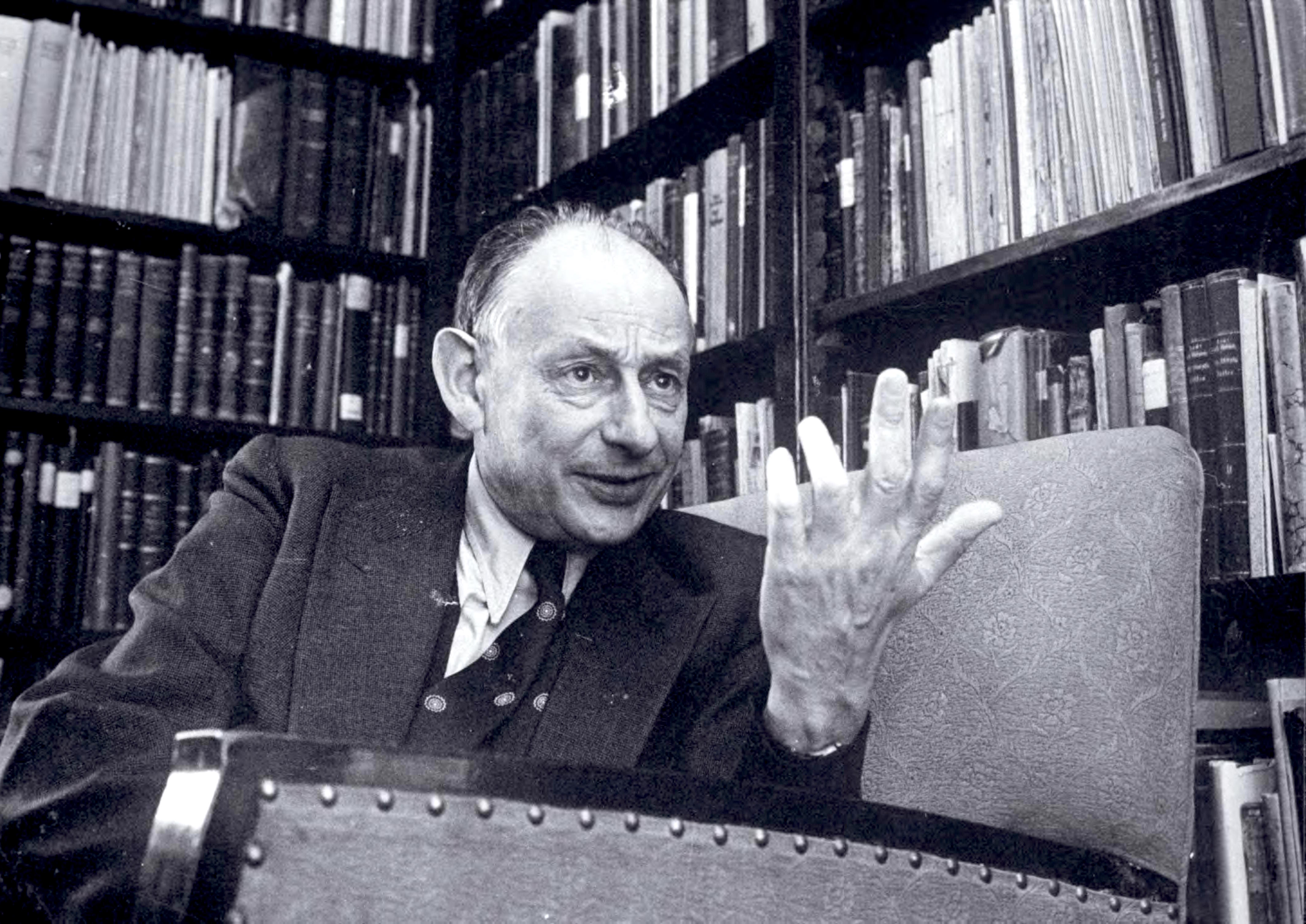 What Gershom Scholem’s Take on Jewish Mysticism Can Teach Us Now
What Gershom Scholem’s Take on Jewish Mysticism Can Teach Us Now
 'A Murder at the End of the World' review: An ice
'A Murder at the End of the World' review: An ice
 9 Tech Products That Were Too Early to Market
9 Tech Products That Were Too Early to Market
 James Tate Blows It In New York
James Tate Blows It In New York
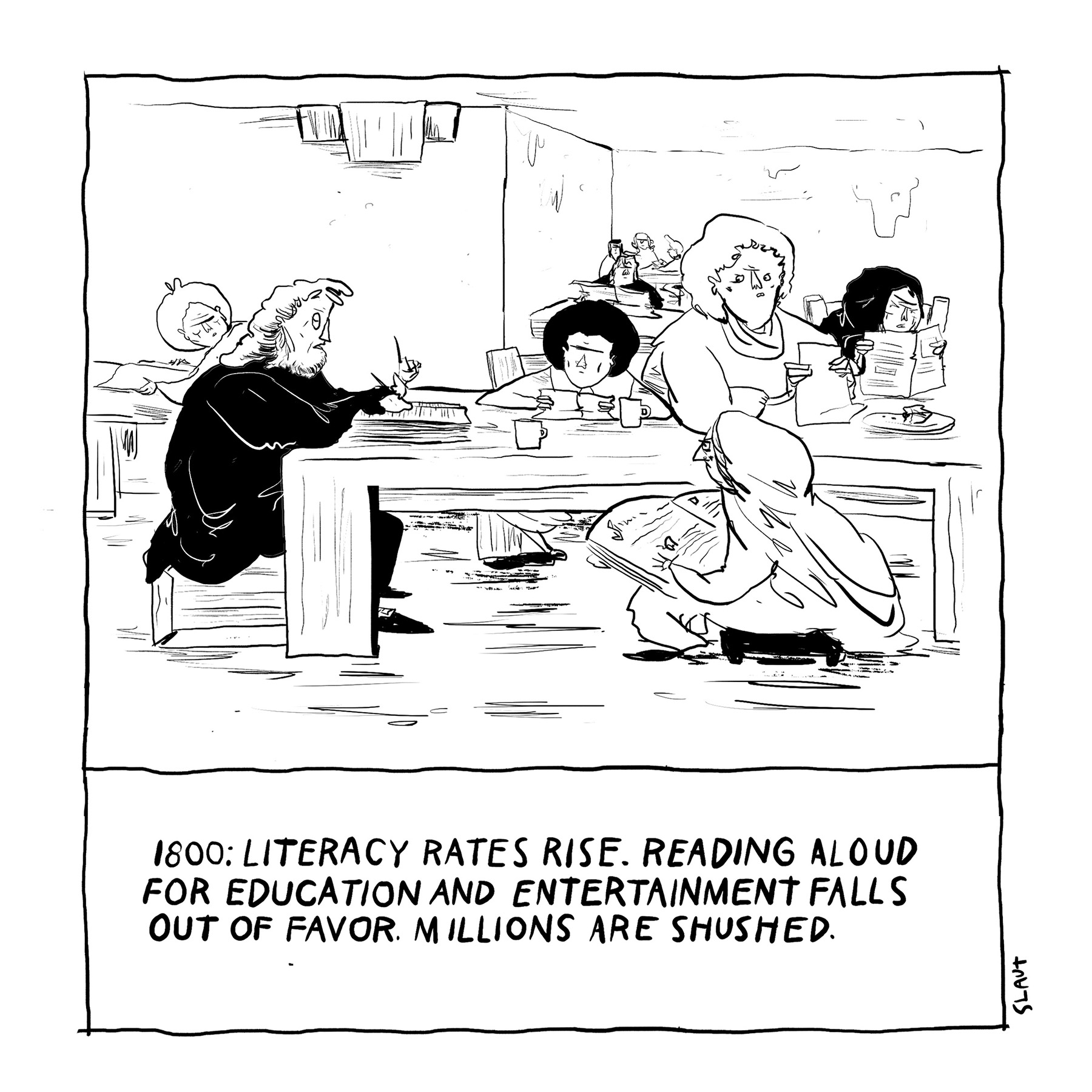 Daily Cartoon: 1800, Reading Aloud
Daily Cartoon: 1800, Reading Aloud
 Soviet Women Soldiers of World War II
Soviet Women Soldiers of World War II
 E3 2017 Trailer Roundup: Upcoming PC Games
E3 2017 Trailer Roundup: Upcoming PC Games
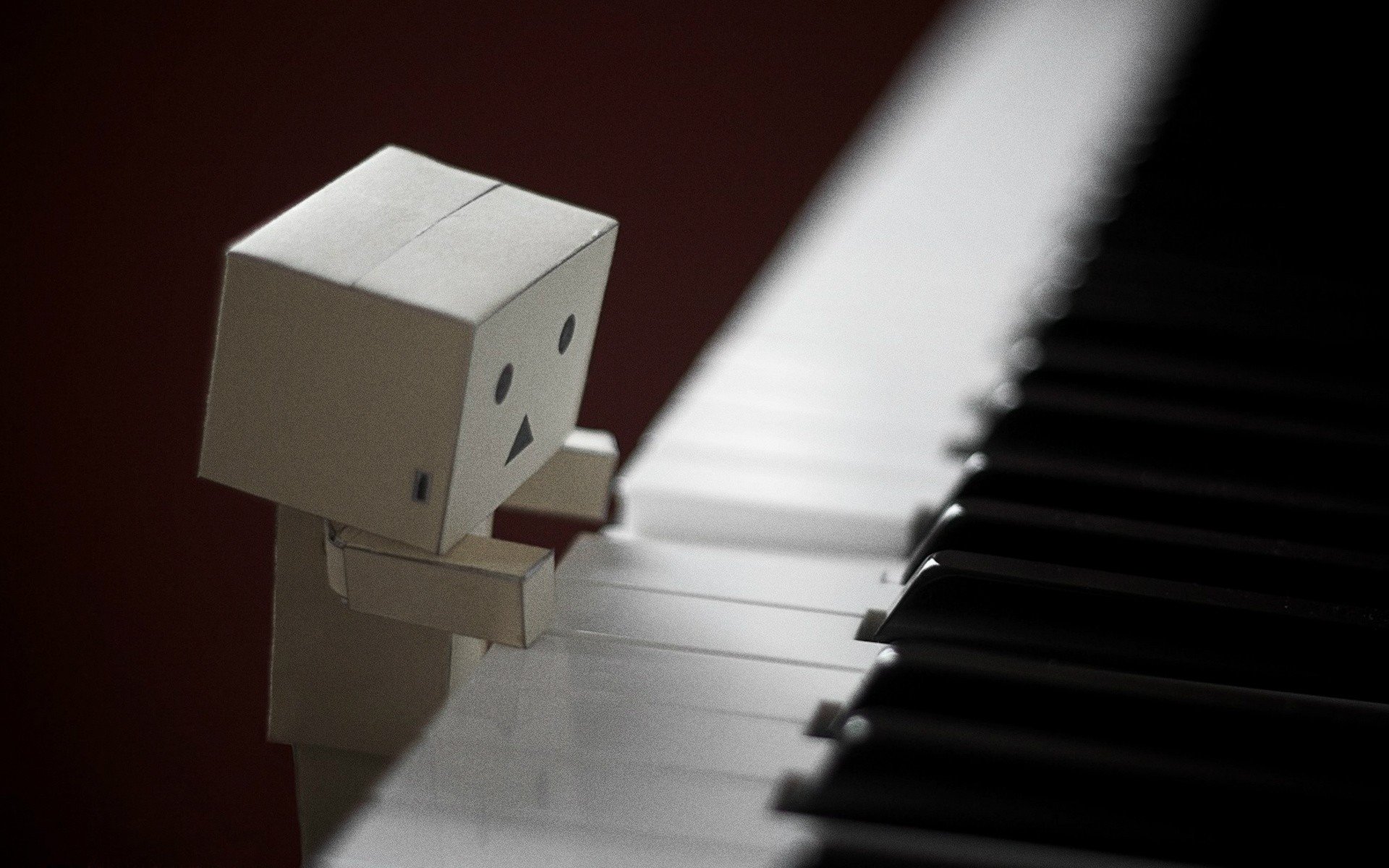 Can AI Write Pop Songs? On Music and Machine Language
Can AI Write Pop Songs? On Music and Machine Language
 New 'browser syncjacking' cyberattack lets hackers take over your computer via Chrome
New 'browser syncjacking' cyberattack lets hackers take over your computer via Chrome
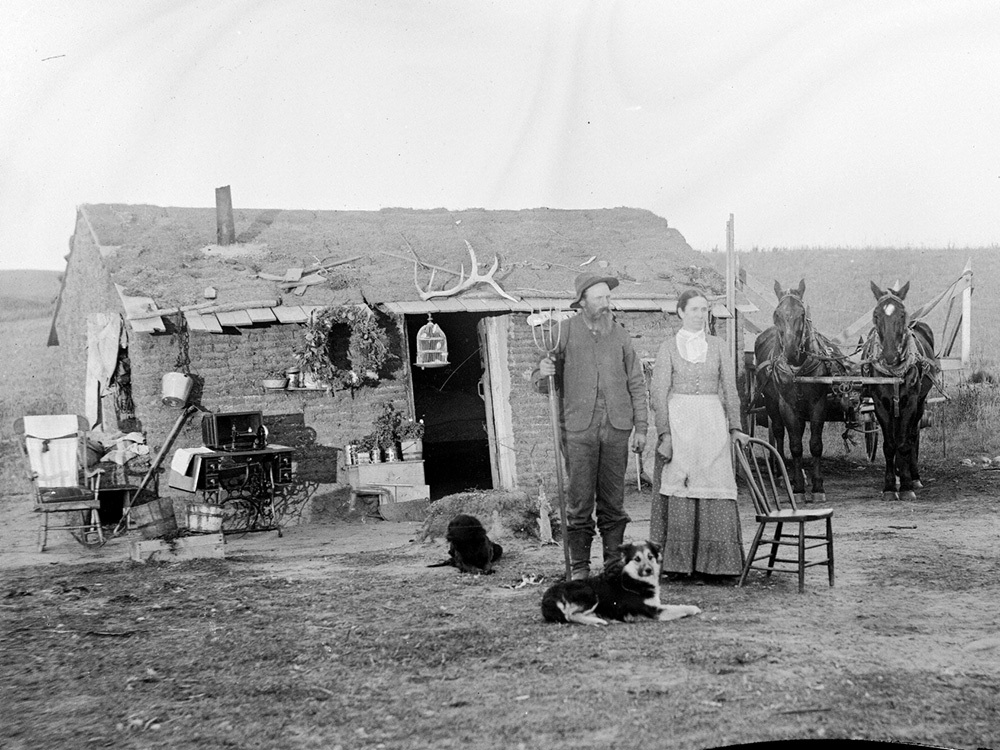 Solomon D. Butcher’s Photographs Celebrate the Pioneer
Solomon D. Butcher’s Photographs Celebrate the Pioneer
 Tinder introduces Relationship Goals profile feature
Tinder introduces Relationship Goals profile feature
 Wordle today: The answer and hints for November 14
Wordle today: The answer and hints for November 14
 The 50 best and funniest tweets of 2022
The 50 best and funniest tweets of 2022
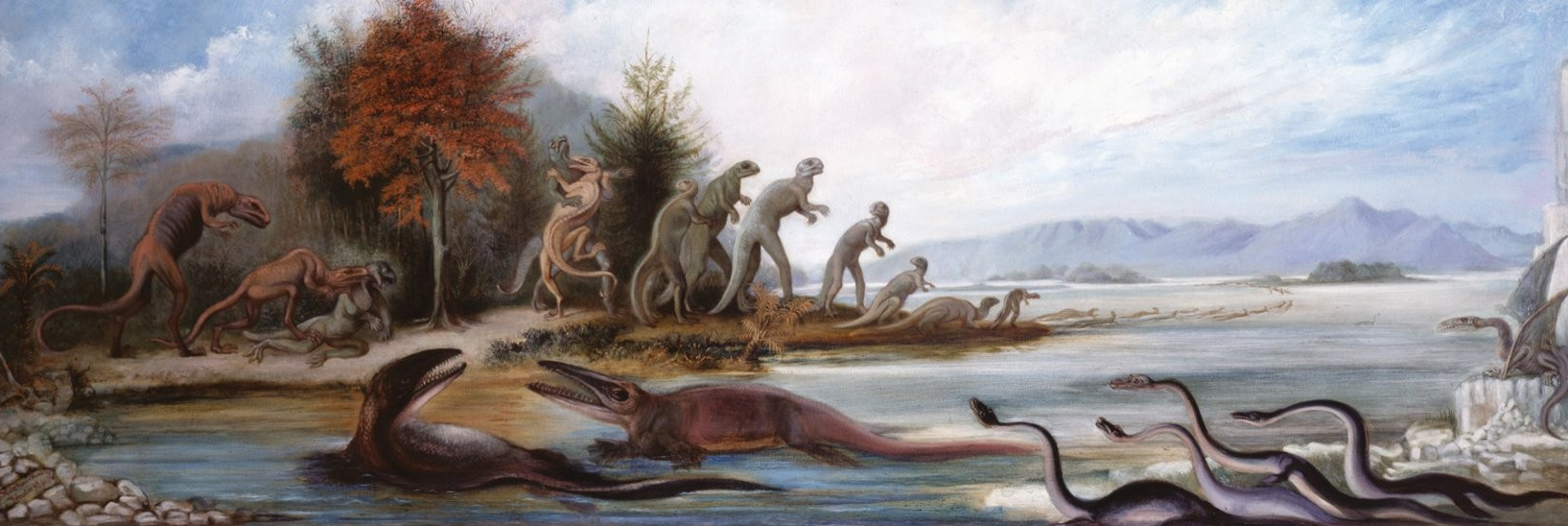 Staff Picks: Paleoart, Mark Twain, Writers’ Workspaces, and More
Staff Picks: Paleoart, Mark Twain, Writers’ Workspaces, and More
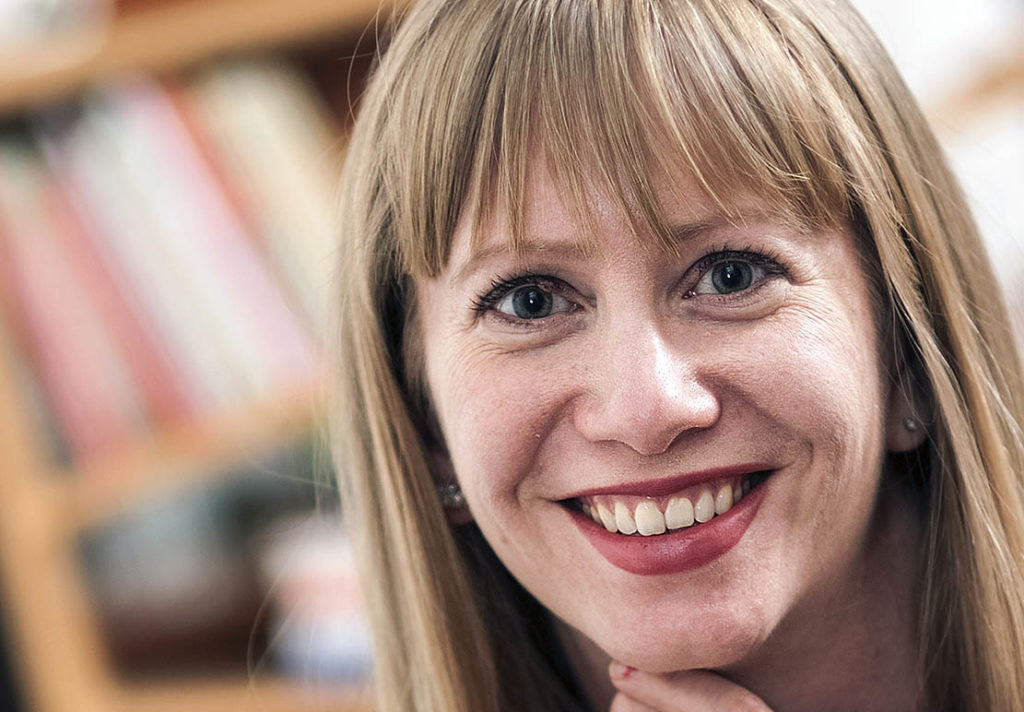 The Uncanny Double: An Interview with Megan McDowell
The Uncanny Double: An Interview with Megan McDowell
 Meta says some AGI systems are too risky to release
Meta says some AGI systems are too risky to release
 Daily Cartoon: 1880, Braille
Daily Cartoon: 1880, Braille
Twitter users plot revenge on Elon Musk by killing the platformHow the 12Is the green bean a fruit or a vegetable?#24: Paintings by Rebecca MorrisThe Making of a Comics Biography, Part 2Twitter isn't free: The 10 best tweets of the weekTesla to build its first subStaff Picks: Guy de Maupassant, Gabrielle Bell, Aracelis Girmay“Infinite Mischief”: Elizabeth Bishop’s Rebuke to Robert LowellElon Musk bought Twitter for $44 billion, so now its users want to leave or tank its valueWordle today: The answer and hints for November 6Staff Picks: Vivek Shanbhag, Alma Thomas, Leila Guerriero, and MoreTwitter users plot revenge on Elon Musk by killing the platformDo we really need atHow a Forgotten American Diplomat Resisted the Armenian Genocide#24: Paintings by Rebecca MorrisWhat is queerbaiting? And is it ever OK to use the term?'Quordle' today: See each 'Quordle' answer and hints for November 6, 2023Watching Federer and Nadal Face Off at the Australian OpenBlack Friday PlayStation deals 2023: Save on 'Star Wars Jedi: Survivor' and much more Trump poses with Goya beans to distract us from the real issues Anthony Giardina on ‘Norumbega Park’ by Andrew Martin Wordle today: Here's the answer and hints for May 6 'Succession' Season 4, episode 7: Gerri proves why she should have been CEO all along Olivia Colman's Oscar speech reimagined as the months of 2020 is perfection Design for Living by Elaine Blair 'Alpha males' and the Manosphere: Stop listening to these scammers 'Succession' Season 4, episode 7: The 7 times I wanted to scream, cry, and throw up Thomas Sayers Ellis’s “Or,” by Robyn Creswell 'Succession' Season 4, episode 7 has a fun throwback to the Season 1 finale Apple Weather app down for some users again. What we know Xi Chuan, Beijing by Matteo Pericoli A Week in Culture: Matthew Thurber, Cartoonist by Matthew Thurber Literary Dinners; Crumbling Apartments by Sadie Stein Happy Hour with Gian by Giancarlo DiTrapano 'Quordle' today: See each 'Quordle' answer and hints for May 8 Heybaby is a new dating app for parents and people who want to be parents You should watch the excellent John Lewis documentary, 'Good Trouble' 'Headspace Minis' let you meditate with friends directly in Snapchat Staff Picks: Murdock Pemberton, ‘The Last September’ by The Paris Review
2.1814s , 8287.3046875 kb
Copyright © 2025 Powered by 【when did Octavio Paz say "Eroticism is the poetry of the body"】,Defense Information Network